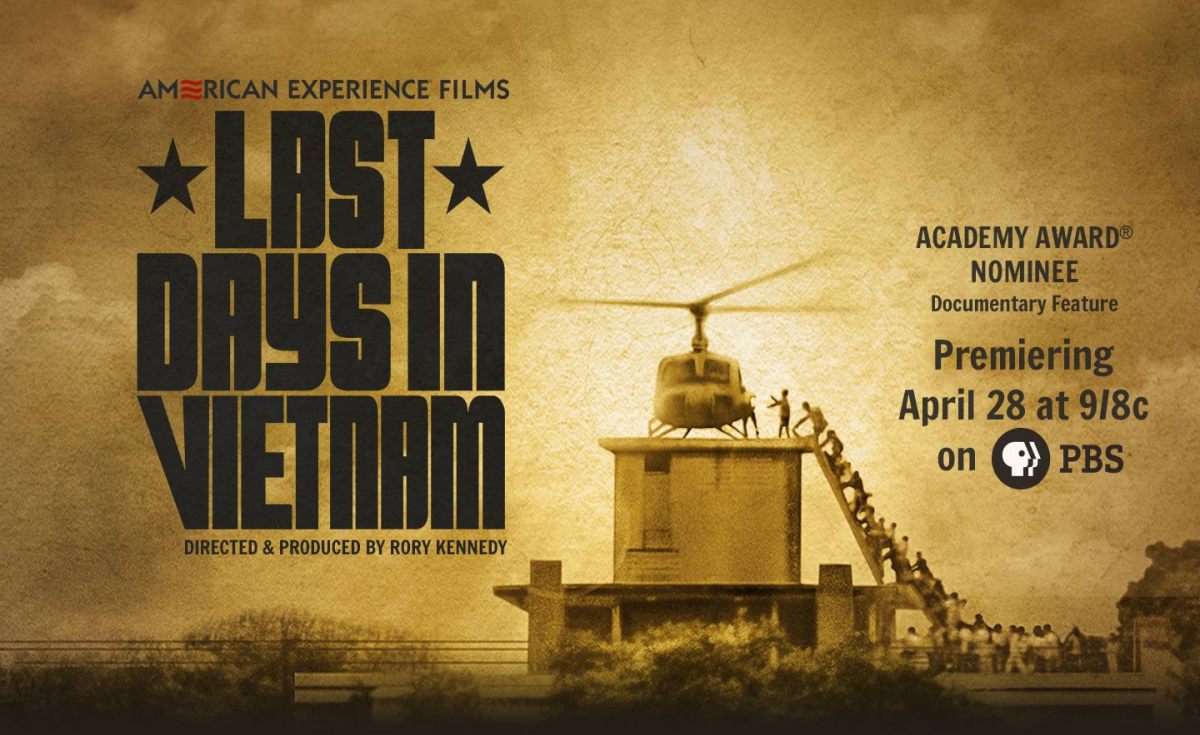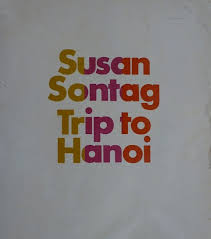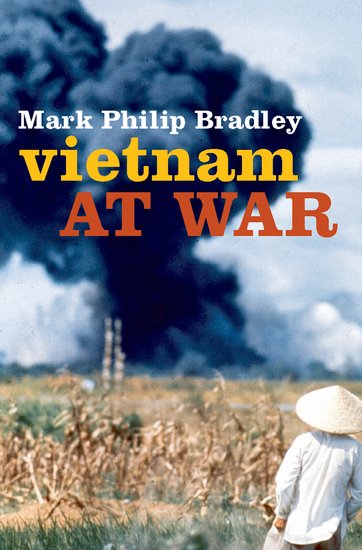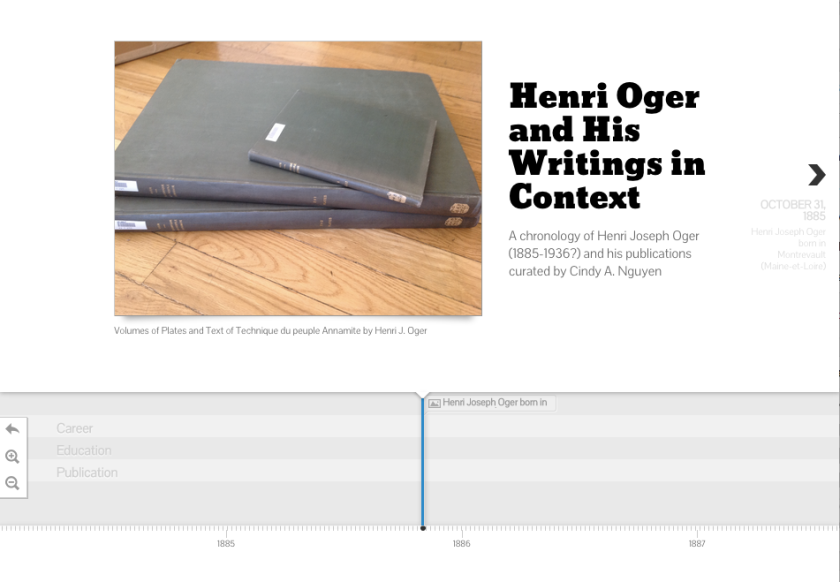In Misalliance: Ngo Dinh Diem, the United States, and the Fate of South Vietnam, Edward Miller contributes a Vietnam-centric perspective to understand the making of 1950’s and 1960’s South Vietnam. Miller argues that the ‘politics of nation building’ informed the United States and Diem government’s ‘misalliance’ or diplomatic relationship from its beginning to demise. Using Vietnamese and American government documents, newspapers, and the MSUG archives, Miller examines the similarities and differences in US and Diem approaches to political centralization, economic development, counterinsurgency, and suppression of political threats. In this way, Miller demonstrates the complexity of nation building as both a discourse and practice that in fact encompassed debates on democracy, community, security, and social change. (325) Most importantly in his narrative, Miller centers Vietnamese agency and attempts to restore Ngo Dinh Diem and Ngo Dinh Nhu as rational, calculated politicians.
Continue reading “BOOK REVIEW: Edward Miller’s Misalliance Ngo Dinh Diem”








